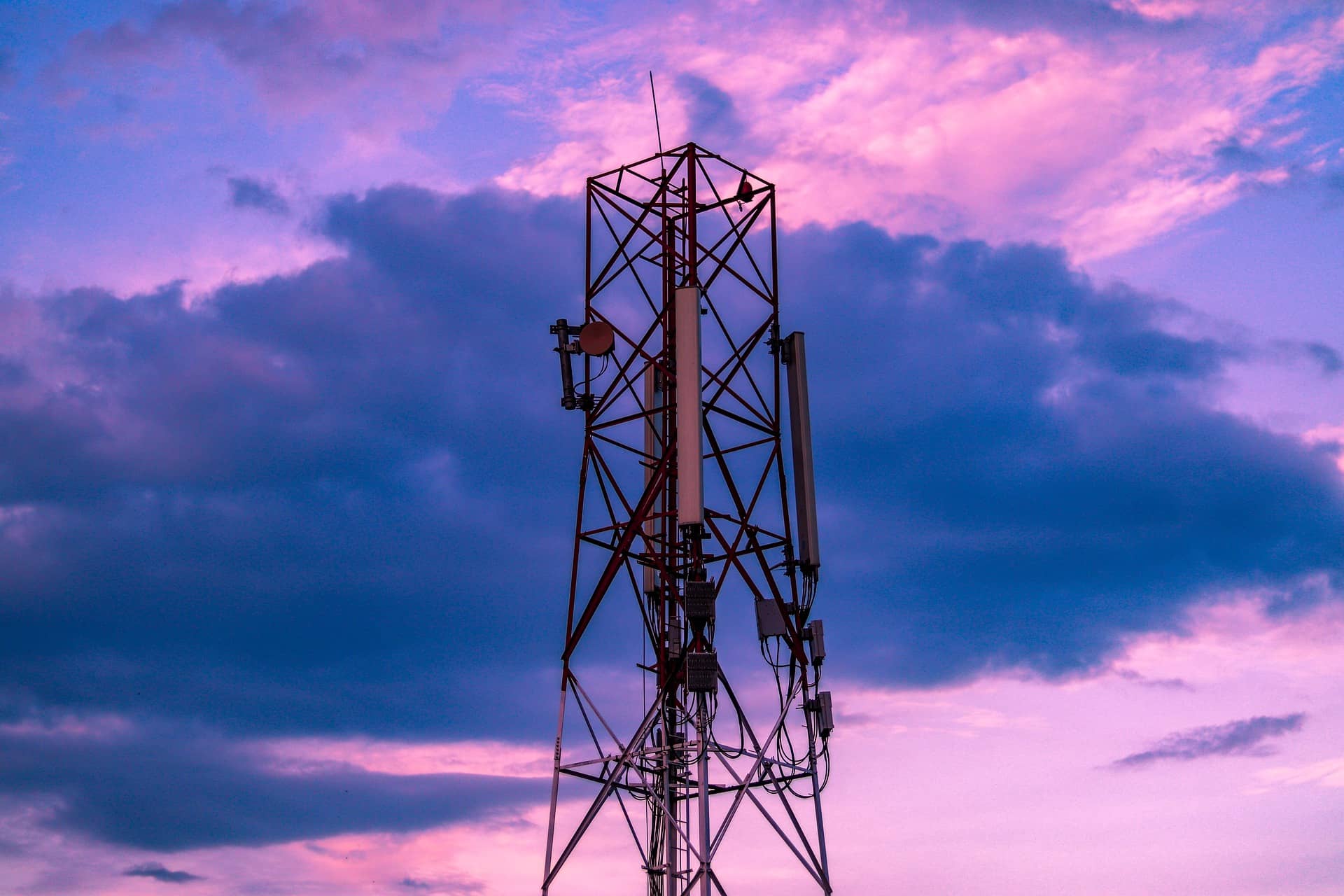
A report from Analysys Mason commissioned by Ericsson highlighted the potential economic, consumer and environmental benefits from 5G connectivity in 15 emerging markets, stating these countries could see GDP growth between 0.3% and 0.46% through 2035.
The countries addressed in the report are Bangladesh, Brazil, Chile, Columbia, Egypt, India, Indonesia, Malaysia, Mexico, Morocco, Nigeria, Pakistan, South Africa, Thailand and Turkey.
Ericsson head of government and policy advocacy Andrew Lloyd said: “With the backing of governments, regulators and policymakers, each of these 15 countries, and their citizens, stand to benefit significantly from 5G connectivity. In addition to economic benefits, 5G can also reduce climate impact, increase social inclusion, wellbeing and tackle the digital divide in areas where fixed infrastructure availability is poor.”
Analysys Mason partner Janette Stewart added: “The study highlights the benefits from having the right spectrum available for 5G deployment, both for geographic coverage, for which the low-bands are very suitable, and in the 3.5GHz band where most of the high-capacity 5G deployments in other markets are already taking place.”
Expanding on mid-band 5G coverage is a “key success factor” for emerging markets as the airwaves have the potential to deliver 80% of the earmarked economic growth. Upgrading industry and rural areas with smart technology can account for 85-90% of the total economic benefits in each emerging market.
Agriculture is a significant sector for all 15 markets as it accounts for up to 10% of GDP in some markets. The report estimates that enhanced rural 5G coverage could deliver up to a 1.8% uplift in long-term GDP from agriculture. 5G will also promote sustainable farming methods, increase efficiency and reduce agricultural waste.
Other study findings include:
- The baseline 5G deployment cost is estimated between US$3-8 billion per country. An additional 20-35% investment is required to extend coverage
- Extending coverage beyond the baseline can generate significant GDP benefits from industrial adoption, especially from mid-band coverage extension
- Most countries are expected to generate overall economic benefits (GDP) three-to-seven times higher than the incremental cost of extending coverage
- Results suggest 5G mobile broadband can generate consumer surplus between US$1-10 billion per country, with coverage extension giving 20-30% extra consumer surplus
- The social benefits enabled by 5G will be greatest from 5G-based FWA, smart factories, freight and logistics, agriculture and healthcare use cases
- Adopting 5G can help reduce emissions by supporting digital transformation in agriculture, freight and logistics, smart factories and construction
Governments, regulators and policymakers can support this potential growth by treating 5G as a national infrastructure and having a national strategy and roadmap, the report read.
Ericsson and Analysys Mason advised implementing 5G spectrum policies that facilitate rapid and widespread deployment such as trading off spectrum fees for deployment targets, collaborating with service providers to enhance coverage in less connected areas, and incentivising 5G use in industry and manufacturing.

